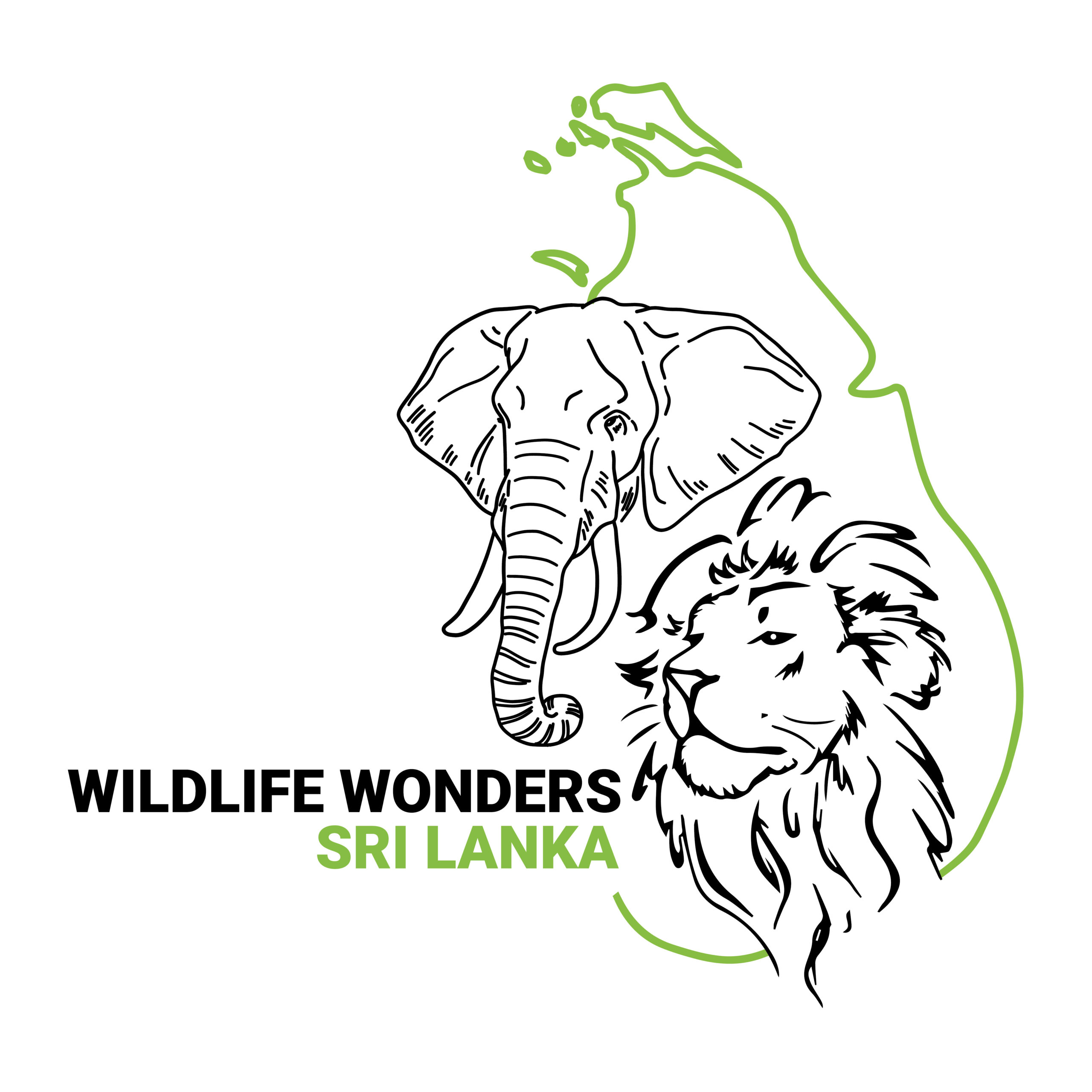Sri Lanka, an island renowned for its stunning landscapes, rich biodiversity, and unique ecosystems, is home to some of the world’s most fascinating wildlife. From the mighty Sri Lankan elephant to the elusive leopard, the island’s species are a vital part of the global ecological balance. However, like many other regions, Sri Lanka’s wildlife faces increasing threats due to habitat destruction, poaching, and climate change. This is where conservation plays a pivotal role in ensuring the survival of these species and the preservation of their natural habitats.
The Importance of Wildlife Conservation in Sri Lanka
Wildlife conservation is not just about protecting animals—it’s about preserving the delicate balance of ecosystems. In Sri Lanka, conservation efforts are crucial for safeguarding the diverse range of flora and fauna that the island is home to. Many of these species are endemic, meaning they exist nowhere else on Earth. For instance, Sri Lanka’s national parks are home to the famous Sri Lankan leopard, the endangered purple-faced langur, and the Sri Lankan elephant. The survival of these animals is essential not only for maintaining biodiversity but also for ensuring the long-term health of the island’s ecosystems.
Key Conservation Efforts in Sri Lanka
National Parks and Protected Areas
Sri Lanka has established numerous national parks and nature reserves to protect its wildlife and their habitats. These protected areas, such as Yala National Park, Udawalawe National Park, and Sinharaja Forest Reserve, are vital for preserving wildlife populations and offering safe spaces for animals to thrive. These parks also attract eco-tourism, generating revenue that supports further conservation initiatives.Anti-Poaching Measures
Poaching remains one of the biggest threats to wildlife in Sri Lanka. In response, the Sri Lankan government and various NGOs have implemented stricter anti-poaching laws and patrol systems to safeguard animals from illegal hunting and trafficking. Special wildlife protection units, often working in collaboration with local communities, have been instrumental in reducing poaching activities.Habitat Restoration and Forest Conservation
Deforestation is a significant concern, particularly in Sri Lanka’s central hills, where logging and agriculture have severely impacted ecosystems. Efforts to restore degraded habitats through reforestation programs and sustainable land management practices are critical for ensuring that wildlife has access to healthy environments. The restoration of forests also helps mitigate the impacts of climate change by improving carbon sequestration and stabilizing the water cycle.Wildlife Corridors
The creation of wildlife corridors is an innovative solution to the fragmentation of natural habitats. These corridors connect different protected areas, allowing animals to move freely between habitats, reducing the risks of inbreeding and promoting genetic diversity. For example, wildlife corridors linking the central and southern regions of Sri Lanka are helping elephants move safely between different parks, reducing human-wildlife conflicts.Community Involvement and Education
Conservation is not just about protecting animals; it’s also about educating people and engaging local communities in sustainable practices. Many conservation projects in Sri Lanka involve local communities in protecting wildlife and their habitats. By providing education on the importance of wildlife, the dangers of poaching, and the benefits of eco-tourism, these programs foster a sense of responsibility and stewardship among local populations.
The Challenges Ahead
While conservation efforts in Sri Lanka have made significant progress, there are still many challenges to overcome. One of the most pressing issues is human-wildlife conflict, particularly between elephants and farmers. As human settlements expand, elephants often venture into agricultural areas, leading to crop damage and sometimes even fatalities. Addressing this issue requires a combination of better land-use planning, the establishment of elephant-friendly corridors, and the promotion of alternative livelihoods for communities affected by wildlife conflicts.
Climate change also poses a serious threat to Sri Lanka’s wildlife, with shifting weather patterns, rising temperatures, and changing rainfall affecting both habitats and species. Conservation strategies must be adaptive to these challenges, incorporating climate-resilient practices that help protect wildlife from the impacts of a changing environment.
The Role of Eco-Tourism in Conservation
Eco-tourism has become an essential tool in conservation efforts in Sri Lanka. By promoting responsible tourism, eco-tourism generates much-needed funding for national parks and conservation programs. Visitors are encouraged to respect wildlife, stay on designated paths, and follow ethical guidelines to minimize their impact on the environment. The revenue from eco-tourism helps fund research, wildlife protection, and habitat restoration projects, creating a sustainable model for conservation that benefits both wildlife and local communities.
How You Can Contribute to Wildlife Conservation
As travelers, one of the most effective ways to support conservation in Sri Lanka is through eco-tourism. By choosing to visit national parks, wildlife sanctuaries, and conservation centers that promote responsible practices, you contribute to the financial and educational efforts that support wildlife protection. Additionally, by staying informed and spreading awareness about conservation issues, you can encourage others to get involved in preserving Sri Lanka’s incredible biodiversity.
Conclusion
Conservation plays a critical role in safeguarding Sri Lanka’s wildlife and natural heritage for future generations. Through the combined efforts of the government, NGOs, local communities, and travelers, significant strides are being made in protecting the island’s diverse species and ecosystems. However, challenges remain, and it’s essential that we continue to support and expand conservation initiatives to ensure the survival of Sri Lanka’s unique wildlife. By understanding the importance of these efforts and engaging in sustainable tourism, we can all contribute to the preservation of Sri Lanka’s natural wonders.




